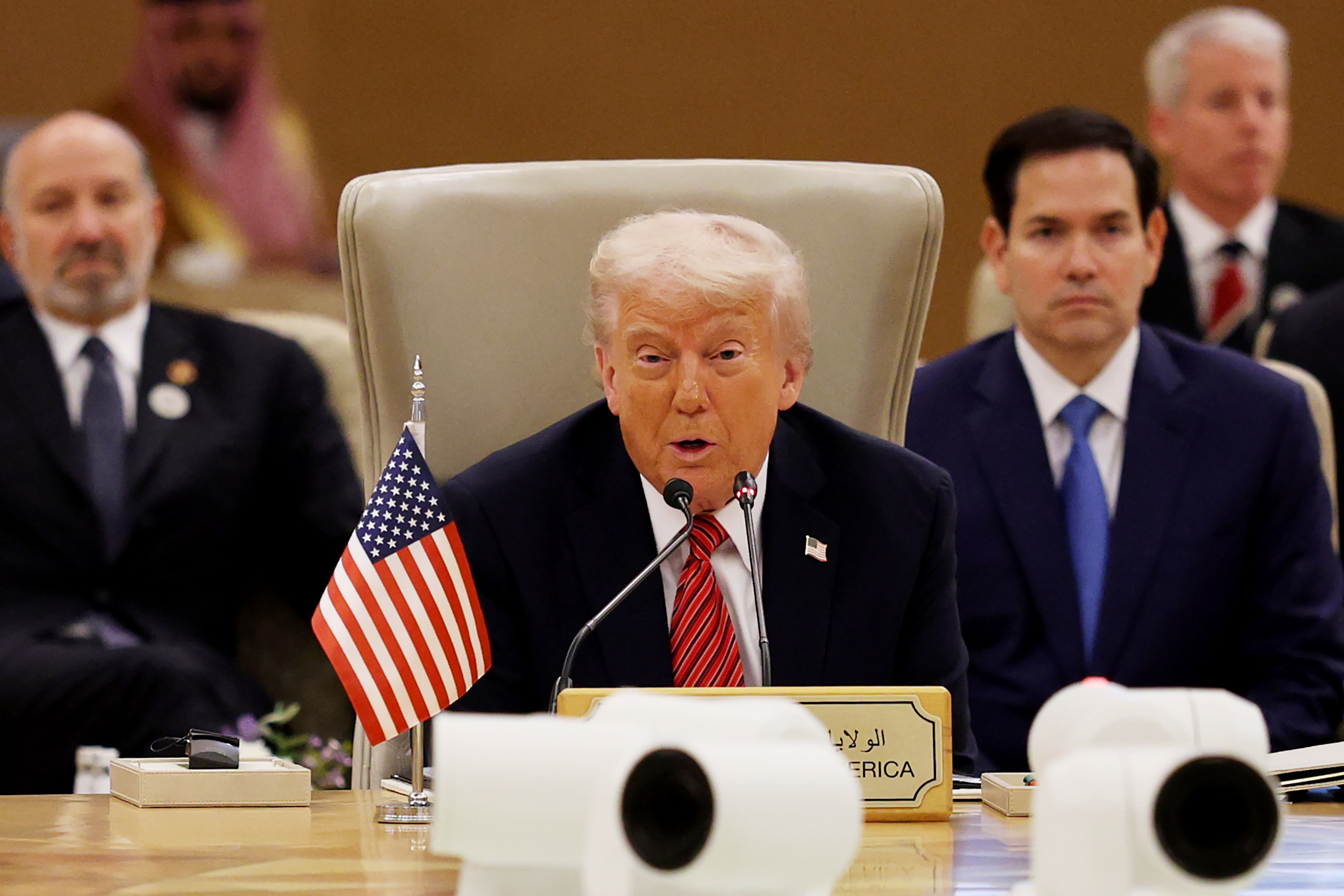Comparing Approaches: Sanders' Drug Pricing Bill And Trump's Executive Order

Welcome to your ultimate source for breaking news, trending updates, and in-depth stories from around the world. Whether it's politics, technology, entertainment, sports, or lifestyle, we bring you real-time updates that keep you informed and ahead of the curve.
Our team works tirelessly to ensure you never miss a moment. From the latest developments in global events to the most talked-about topics on social media, our news platform is designed to deliver accurate and timely information, all in one place.
Stay in the know and join thousands of readers who trust us for reliable, up-to-date content. Explore our expertly curated articles and dive deeper into the stories that matter to you. Visit Best Website now and be part of the conversation. Don't miss out on the headlines that shape our world!
Table of Contents
Comparing Approaches: Sanders' Drug Pricing Bill and Trump's Executive Order – A Head-to-Head Analysis
The high cost of prescription drugs in the United States is a persistent and politically charged issue. Both Democrats and Republicans have offered solutions, albeit with vastly different approaches. This article compares Senator Bernie Sanders' proposed drug pricing bill with former President Trump's executive order on drug prices, analyzing their strengths, weaknesses, and potential impact on the American healthcare system.
The Sanders' Drug Pricing Bill: A Government-Driven Approach
Senator Sanders' various proposals, consistently advocating for Medicare negotiation, aim for a fundamental restructuring of the pharmaceutical market. Key tenets generally include:
-
Allowing Medicare to Negotiate Prices: This is the cornerstone of Sanders' plans. By granting Medicare the power to negotiate directly with drug manufacturers, the theory is that prices will be driven down significantly. This approach has been a major point of contention, with pharmaceutical companies arguing it will stifle innovation.
-
Price Controls and Caps: Many iterations of Sanders' bills also include price controls or caps on drug prices, aiming to limit exorbitant increases. This is a more aggressive intervention than simple negotiation.
-
Importation of Drugs: Sanders has also supported allowing the importation of cheaper drugs from other countries, a move that aims to increase competition and lower domestic prices. This however, faces hurdles related to safety and regulatory compliance.
Strengths: Sanders' approach directly tackles the issue of high drug costs through forceful government intervention. The potential for significant price reductions is appealing to many consumers struggling with affordability.
Weaknesses: Critics argue that government price controls could stifle pharmaceutical innovation, leading to fewer new drugs being developed. The negotiation process itself could be lengthy and complex, delaying price reductions. Concerns also exist regarding the potential impact on the US pharmaceutical industry and related jobs.
Trump's Executive Order: A Market-Based Approach
Former President Trump's executive order focused on using market-based mechanisms to lower drug prices. It primarily targeted:
-
International Price Indexing: The order explored linking US drug prices to those in other developed countries. The goal was to create pressure on manufacturers to reduce prices to align with global averages.
-
Transparency Measures: The executive order pushed for increased transparency in drug pricing, requiring manufacturers to publicly disclose their prices and rebates. The intention was to increase competition and allow consumers to make more informed decisions.
Strengths: Trump's approach avoided direct government price controls, potentially mitigating concerns about stifling innovation. Increased transparency could empower consumers and encourage more competitive pricing.
Weaknesses: The market-based approach is less direct and potentially less effective than government negotiation or price controls. The success of international price indexing is highly dependent on the cooperation of pharmaceutical companies and the intricacies of international trade agreements. The impact of increased transparency alone on drug prices remains debatable.
A Direct Comparison:
| Feature | Sanders' Bill | Trump's Executive Order |
|---|---|---|
| Approach | Government Intervention | Market-Based Mechanisms |
| Key Mechanism | Medicare Negotiation, Price Controls | International Price Indexing, Transparency |
| Potential Impact | Significant Price Reductions, Potential Innovation Slowdown | Moderate Price Reductions, Increased Transparency |
| Controversies | Stifling Innovation, Government Overreach | Limited Impact, Implementation Challenges |
Conclusion:
Both Sanders' proposed drug pricing bill and Trump's executive order aimed to address the high cost of prescription drugs in the US. However, their approaches differed significantly. Sanders' plan represents a more aggressive, government-led intervention, while Trump's relied on market forces and transparency. The effectiveness and long-term consequences of each approach remain to be seen and are subject to ongoing debate. Further research and analysis are needed to fully understand their impact on patients, the pharmaceutical industry, and the overall healthcare system. Understanding the nuances of both approaches is crucial for informed participation in the ongoing conversation about prescription drug pricing reform.

Thank you for visiting our website, your trusted source for the latest updates and in-depth coverage on Comparing Approaches: Sanders' Drug Pricing Bill And Trump's Executive Order. We're committed to keeping you informed with timely and accurate information to meet your curiosity and needs.
If you have any questions, suggestions, or feedback, we'd love to hear from you. Your insights are valuable to us and help us improve to serve you better. Feel free to reach out through our contact page.
Don't forget to bookmark our website and check back regularly for the latest headlines and trending topics. See you next time, and thank you for being part of our growing community!
Featured Posts
-
 Mlb Announces Unprecedented Achievement Following Wednesdays Games
May 16, 2025
Mlb Announces Unprecedented Achievement Following Wednesdays Games
May 16, 2025 -
 Nba Playoffs Celtics Dominant Game 5 Win Keeps Season Alive Against Knicks
May 16, 2025
Nba Playoffs Celtics Dominant Game 5 Win Keeps Season Alive Against Knicks
May 16, 2025 -
 Text Message Scandal Anthony Edwards Alleged Lie To Ayesha Howard Investigated
May 16, 2025
Text Message Scandal Anthony Edwards Alleged Lie To Ayesha Howard Investigated
May 16, 2025 -
 How Non Traditional Candidates Are Changing Virginias Political Game
May 16, 2025
How Non Traditional Candidates Are Changing Virginias Political Game
May 16, 2025 -
 2025 Nfl Schedule A Team By Team Breakdown
May 16, 2025
2025 Nfl Schedule A Team By Team Breakdown
May 16, 2025
